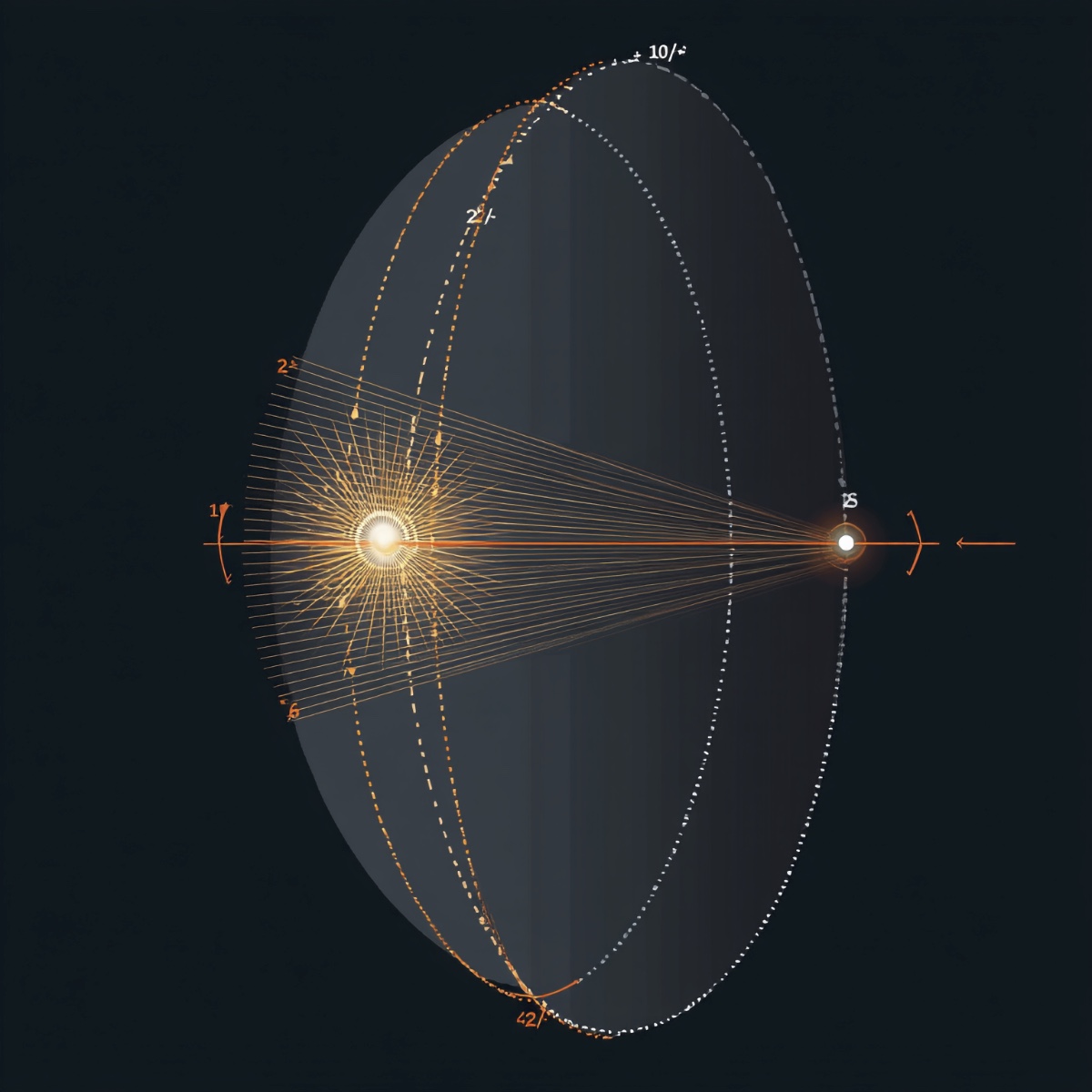Telescope Resolution Calculator
Resolution Analysis
Calculate the theoretical resolution limits of your telescope using established optical formulas. This tool helps determine the finest detail your telescope can resolve and guides expectations for double star observation and planetary detail.
How to Use the Telescope Resolution Calculator
- Enter your telescope's aperture (diameter).
- Optionally specify wavelength for precise calculations.
- Add atmospheric seeing conditions for realistic expectations.
- See multiple resolution criteria and practical analysis.
Resolution Criteria Comparison
| Criterion | Formula | Application |
|---|---|---|
| Dawes Limit | 116 / D (arcsec) | Practical double star resolution |
| Rayleigh Criterion | 140 / D (arcsec) | Theoretical diffraction limit |
| Sparrow Criterion | 105 / D (arcsec) | Just-touching Airy disks |
| Abbe Criterion | 138 / D (arcsec) | Microscopy standard |
Common Telescope Apertures
| Telescope Type | Typical Aperture | Dawes Limit | Good For |
|---|---|---|---|
| Small Refractor | 80mm | 1.45" | Wide doubles, lunar detail |
| Medium Refractor | 120mm | 0.97" | Most double stars |
| Schmidt-Cassegrain | 200mm | 0.58" | Close doubles, planets |
| Large SCT/Newtonian | 300mm | 0.39" | Very close doubles |
| Large Dobsonian | 400mm | 0.29" | Extreme resolution |
Understanding Telescope Resolution
Diffraction Limit
All telescopes are limited by diffraction - the bending of light waves around the telescope aperture. Larger apertures can theoretically resolve finer detail, but atmospheric seeing often becomes the limiting factor.
Atmospheric Seeing
Atmospheric turbulence blurs star images, typically limiting resolution to 1-3 arcseconds at most locations. Only telescopes smaller than ~10cm can regularly approach their diffraction limit visually.
Practical Applications
- Double Star Observation: Use Dawes limit to determine which pairs you can split
- Planetary Detail: Estimate finest features visible on planets
- Lunar Resolution: Calculate smallest crater details resolvable
- Equipment Planning: Choose aperture based on resolution needs
Factors Affecting Resolution
- Aperture Size: Larger = better theoretical resolution
- Optical Quality: Surface accuracy and collimation
- Atmospheric Seeing: Turbulence limits practical resolution
- Thermal Effects: Temperature differences degrade performance
- Magnification: Must be high enough to see the resolution limit

FAQ
-
What is the Dawes limit?
The Dawes limit is an empirical formula (116/D in arcseconds, where D is aperture in mm) that represents the practical resolution limit for double stars under good seeing conditions.
-
What's the difference between Dawes and Rayleigh limits?
The Rayleigh limit (140/D) is the theoretical diffraction limit, while the Dawes limit (116/D) is more practical for visual observations of double stars.
-
Does atmospheric seeing affect telescope resolution?
Yes, atmospheric turbulence typically limits resolution to 1-3 arcseconds at most sites, regardless of telescope aperture. Large telescopes need excellent seeing to reach their theoretical limits.
-
Can I resolve closer doubles than the Dawes limit?
Under excellent conditions with high-quality optics and experienced observers, slightly closer doubles may be split, but the Dawes limit is a reliable practical guide.